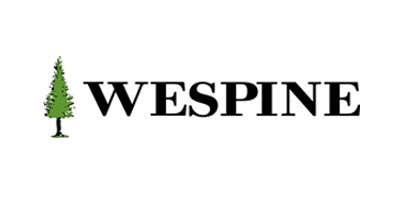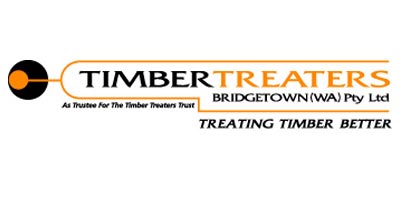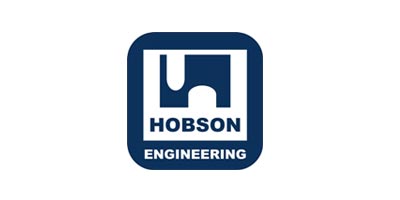![CD grade Plywood [Desktop Resolution] CD grade Plywood [Desktop Resolution]](https://www.perthtimberco.com/wp-content/uploads/2015/06/CD-grade-Plywood-Desktop-Resolution-1000x600.jpg)
Plywood
Plywood is manufactured from front and back as well as core veneers. The fewer the deformations on the veneers, the more durable the plywood becomes, making it suitable in both wet and humid conditions. The strength of plywood comes from the fact that each ply of veneer is placed at a right angle to the one below it. The more layers of veneer used, the stronger the plywood becomes. There are multiple uses for plywood and include cladding, sheds, wall panelling, flooring, furniture, shuttering boxes (that help hold in concrete during the construction process) and Marine plywood.
Plywood Grading System
A Grade
The front and back veneers are free of all noticeable deformities.
A/B Grade
The front veneers are free from all noticeable deformities, however, the back veneers have a few small knots and/or discolourations.
A/BB Grade
The front veneers are free from all noticeable deformities, however, the back veneers have large knots, noticeable discolourations and jointed veneers.
B Grade
Both the front and back veneers have small knots and/or discolourations.
B/BB Grade
The front veneers have small knots and/or discolourations. The back veneers have large knots, noticeable discolourations and jointed veneers.
BB Grade
Both the front and back veneers have large knots, noticeable discolourations and jointed veneers.
C/D Grade
The front veneers have large knots and other defects filled in and the back veneers may have some that are not filled. This grade describes structural integrity rather than a professional, sanded and smooth appearance.
WG Grade
WG stands for “Well Glued” and guarantees that all large knots have been filled.
X Grade
Both the front and back veneers have large knots, cracks, discolourations and jointed veneers that are highly noticeable defects.
Softwood Plywood
Softwood Plywood is regular plywood with a soft front and back veneer. Types of wood used for soft front and back veneers include Cedar, Douglas Fir, Douglas, Spruce and Redwood. Softwood Plywood is primarily used for construction purposes. In the instance that Softwood Plywood is of a high grade, it may be used for decorative purposes instead (such as cabinet and furniture creation).
Most softwood plywood uses moisture resistant glue to stick the plywood and veneers together. It can also be handled with ordinary woodworking tools and equipment (such as hand sawing and power sawing) with minimal splintering.
Hardwood Plywood
Hardwood Plywood is regular plywood with a hard front and back veneer. Types of wood used for hard front and back veneers include Alder, Ash, Beech, Bamboo, Cherry, Hickory, Mahogany, Maple, Popular, Oak, Teak, Walnut, Wenge and Zebrawood. Hardwood Plywood is primarily used for millwork for crafting many types of products (such as furniture, cabinets, closets, kitchens, doors and paneling).
Most hardwood plywood uses “Formaldehyde Free” glues which are not moisture resistant and hence used for interior projects.










